What is iSIM?
iSIM (Integrated SIM) represents a significant advancement in SIM card technology, with iSIM full form standing for Integrated Subscriber Identity Module. Known as an integrated universal integrated circuit card (iUICC), iSIM is embedded within the device's main processor using a system-on-chip (SoC) design. Unlike traditional types of SIM cards—such as physical SIM or eSIM—iSIM is housed within a Tamper Resistant Element (TRE) of the processor itself, securing critical credentials and data for connectivity.
This innovation is compatible with all major cellular technologies, from 2G to 5G, streamlining connectivity in modern IoT SIM card applications. By combining cellular functionality with a reduced module footprint, iSIM eliminates the need for separate SIM chips. Integrated directly into the processor, iSIM offers a compact, efficient solution for IoT devices, enhancing security, reliability, and seamless connectivity across devices.
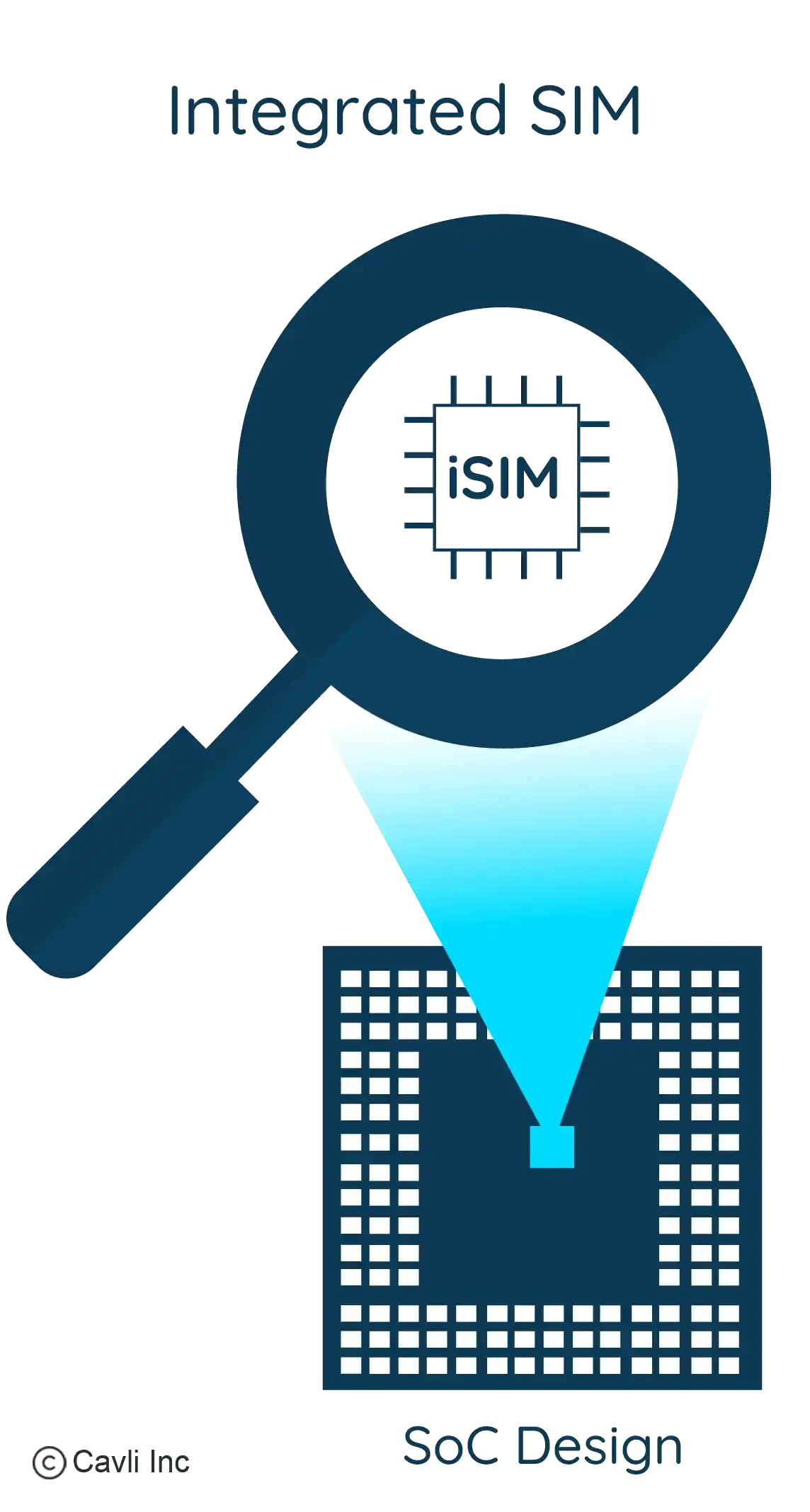
The Evolution of SIM Cards to iSIM

In the early 1990s, SIM cards were as large as credit cards, evolving to fit the sleek devices we use today. The journey from traditional mobile SIM cards to the compact iSIM format reflects the rapid advancement in connectivity technology.
Integrated SIM technology gained traction around 2015-16 when IoT pioneers began exploring secure, scalable connectivity options. The introduction of GSMA-compliant iSIMs by Qualcomm Technologies, combined with the GSMA Remote SIM Provisioning standard, marked a significant shift toward commercial adoption. As IoT applications continue to expand, the need for embedded, secure subscriber identity module cards has surged, making iSIM the preferred choice for cutting-edge devices.
In short, iSIM is transforming the connectivity landscape, reducing dependence on traditional SIM cards and eSIMs by offering a streamlined, secure, and scalable connectivity solution for today’s interconnected world.
iSIM Architecture- Explained
The integrated SIM replicates the specification and certification of the integrated eUICC given by the GSMA. The System-on-a-Chip (SoC) architecture for iSIM generally comprises a microcontroller, cellular modem, and SIM card. The SIM card houses the SIM operating system, applications, and a secure processor/ vault, which safeguards sensitive data like mobile subscription identifiers.
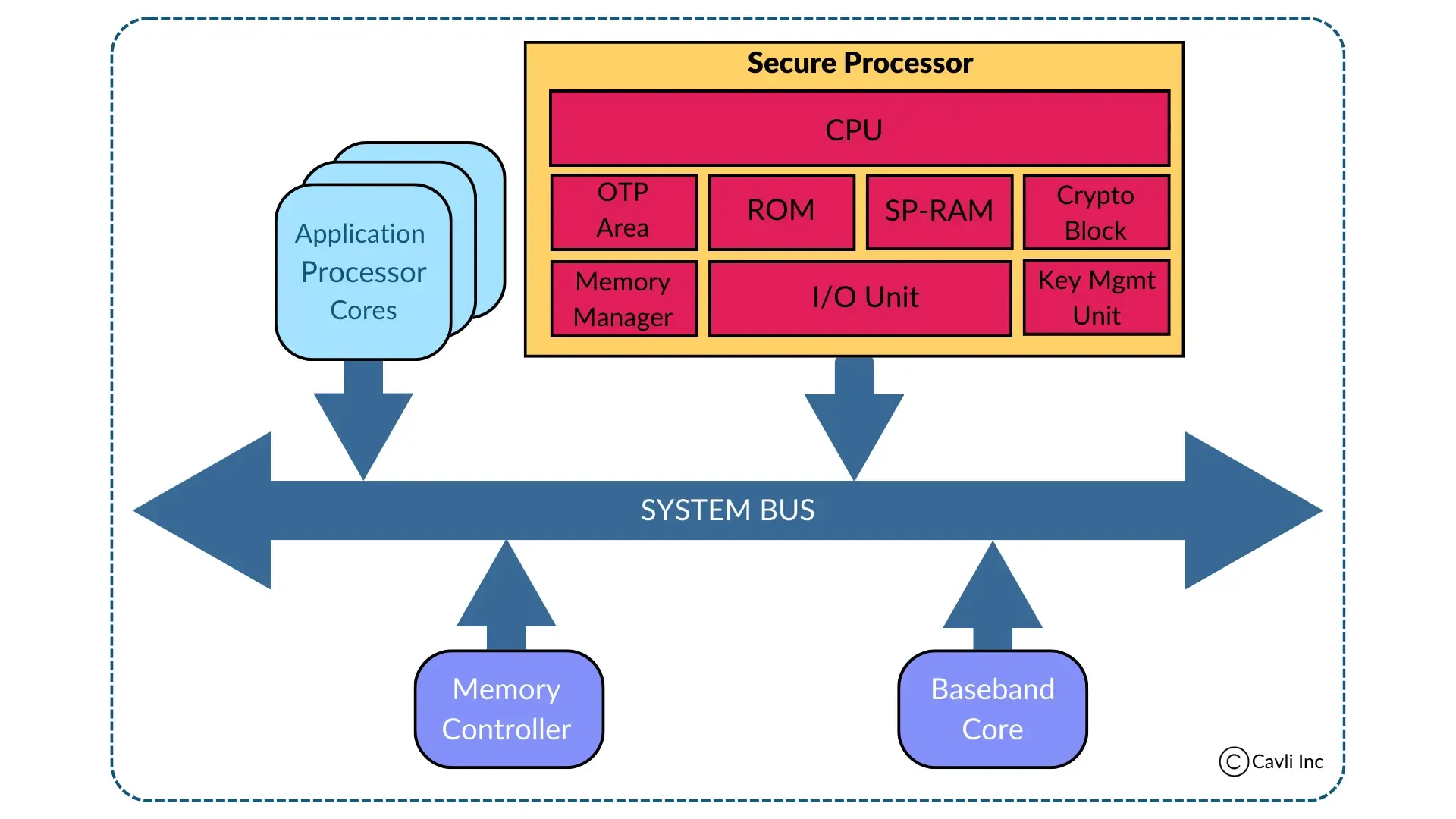
Hardware architecture of an iSIM
The secure processor of an iSIM constitutes the following components:
- CPU for secure processing
- OTP or One-Time Programmable stores configuration and per-device keys
- ROM-Read Only Memory to store the firmware – Root of trust
- RAM contains the executable code and data
- Crypto Block carries out secure cryptographic operations
Key Benefits of iSIM (Integrated SIM) for IoT Applications
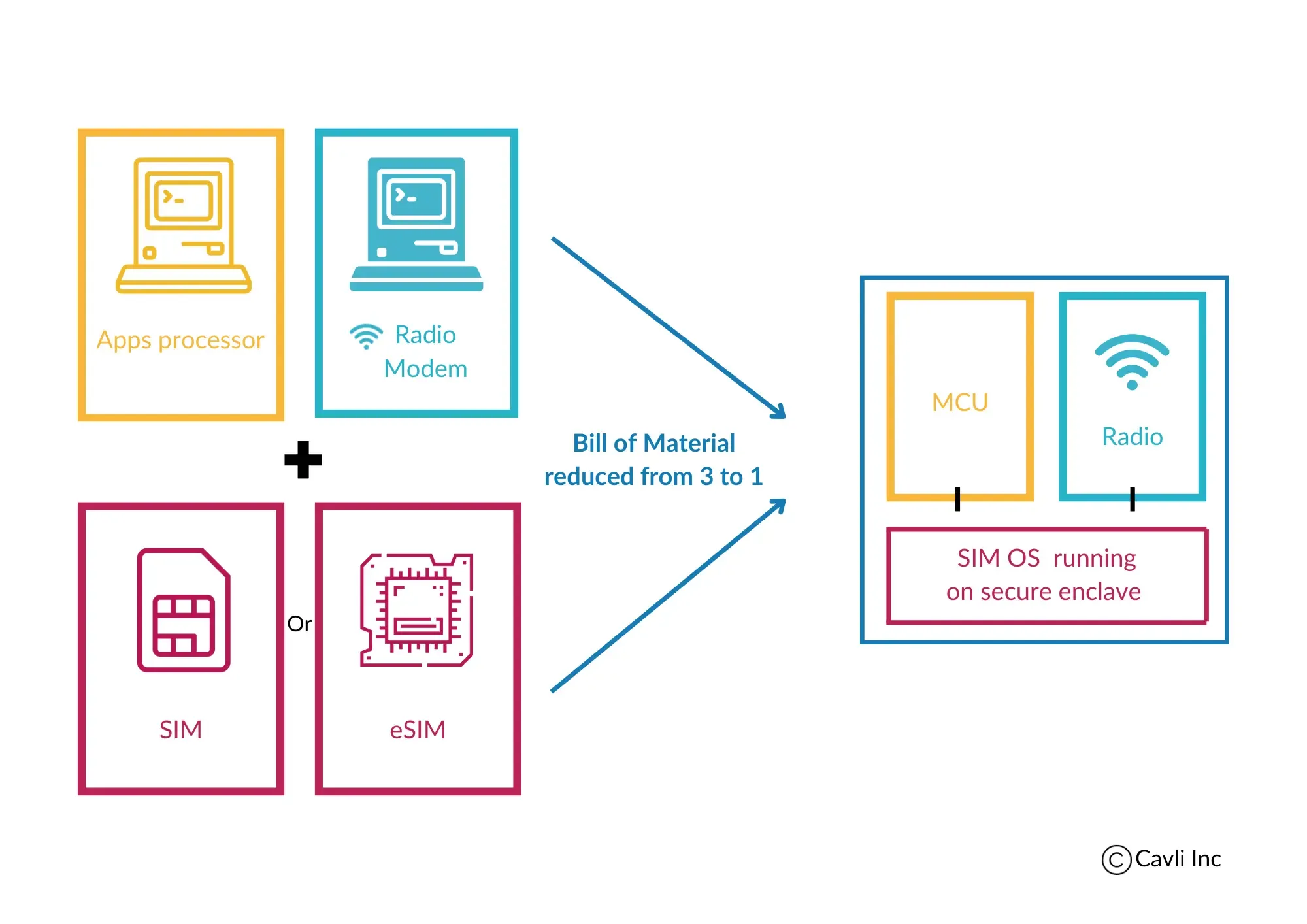
Cost and space optimization imparted by iSIMs
Compact Design of iSIM for IoT and Embedded Devices
One of the primary advantages of iSIM (Integrated SIM) technology is its compact design, making it ideal for space-constrained IoT applications. Since iSIMs are integrated directly into the device’s System on Chip (SoC), they eliminate the need for separate types of SIM cards, like traditional physical SIMs or even embedded SIMs (eSIM). This allows manufacturers to optimize internal components, freeing up space for additional modules, sensors, or other functionalities without sacrificing connectivity.
Power Efficiency of iSIM for Extended Battery Life in IoT Devices
The power efficiency of iSIM (Integrated SIM card) is another crucial benefit, especially for IoT devices that rely on low energy consumption. iSIM derives its power directly from the SoC, reducing overall power consumption. This results in prolonged battery life, critical for IoT devices that often need to operate for years without frequent battery replacements.
Enhanced Security with iSIM Technology for IoT Solutions
iSIM technology provides an additional layer of security by integrating the SIM directly into the SoC, housed within a Tamper Resistant Element (TRE). This ensures better protection of critical credentials and sensitive data compared to traditional types of SIM cards. The iSIM full form allows for advanced encryption techniques, offering high standards of security for industries like healthcare and automotive IoT.
Scalability and Cost Efficiency of iSIM in IoT Deployments
iSIM technology offers a scalable and cost-effective solution, making it an ideal choice for large-scale IoT applications. Manufacturers experience reduced costs due to the elimination of external SIM cards and SIM slots, contributing to faster time-to-market and minimized environmental impact. For IoT solution architects, iSIM is a highly sustainable and economical option.
Remote Provisioning and Management Capabilities of iSIM
iSIM (Integrated SIM) stands out for its ability to support seamless remote provisioning and management. Unlike traditional types of SIM cards, iSIM allows devices to be connected to a network remotely, reducing maintenance costs and operational downtime, which is crucial for industries like logistics and smart cities.
Compatibility of iSIM with 2G to 5G Networks for IoT Devices
iSIM technology is compatible with all major cellular networks, from 2G to 5G, providing future-proof connectivity for IoT devices. This flexibility allows manufacturers to create devices that operate globally, making iSIM an essential choice for IoT applications in diverse industries, such as industrial automation and smart home systems.
Learn More: Top 7 IoT Applications in 2024
How iSIM Increases Security
Integrated SIM (iSIM) technology is revolutionizing network security by embedding SIM functionality directly within the main processor. Unlike traditional SIM cards or eSIMs, iSIM is housed in a secure enclave in the processor, protecting sensitive data and credentials from both physical and software attacks. This design aligns with GSMA and eUICC Security Assurance standards, ensuring that IoT SIM applications and mobile SIM technology meet the most stringent security protocols.
Enhanced Security Features of iSIM
By embedding subscriber identity module card functionality into the processor, iSIM enhances network and security. This secure enclave provides a fortified space for credentials, reducing exposure to data breaches, unauthorized access, and cyber threats. Additionally, iSIM supports IT security requirements across sectors that rely on uncompromised data integrity and confidentiality, such as financial services, healthcare, and government.
iSIM's Superior Protection
The unique design of iSIM reduces vulnerabilities often seen in traditional types of SIM cards by integrating it directly within the device’s core, eliminating the need for external SIM cards. This internal placement strengthens network security and reduces the attack surface associated with removable SIM cards, making it a resilient option for IoT and mobile devices. For industries where network security and reliability are critical, such as healthcare, finance, and government, iSIM offers a robust solution.
Compliance and Global Security Standards
iSIM technology complies with rigorous international network security standards and adheres to global regulations, making it a trustworthy choice for manufacturers and consumers. Devices equipped with iSIM are positioned to achieve international security compliance more effectively, ensuring both communication integrity and secure data transfer, which is vital for global IoT deployments.
Learn More: Essential Guide to eUICC for IoT Devices
Comparative Analysis: iSIM vs. eSIM vs. Traditional SIM Cards for IoT
Traditional SIM Cards: Limitations for Modern IoT Applications
Traditional SIM cards (Subscriber Identity Module cards) are physically inserted into devices, requiring dedicated slots. While different types of SIM cards—from standard to nano sizes—have evolved, they are less suitable for IoT applications. These cards add bulk to devices and can be physically removed, posing potential security risks. Moreover, traditional SIM cards lack remote provisioning capabilities, complicating logistics for global IoT deployments and making them less adaptable for modern, compact devices.
eSIM: A Flexible but Limited SIM Technology for IoT
eSIM (Embedded SIM) technology eliminates the need for physical SIM card swaps, allowing for easier device management through remote provisioning. While eSIM technology improves deployment processes for IoT applications, it still requires a separate module, which increases the device's size. Although eSIM offers flexibility and is useful in certain IoT contexts, it falls short for compact, low-power IoT devices where size, energy efficiency, and enhanced security are essential.
iSIM: The Integrated SIM Solution for IoT Devices
iSIM (Integrated SIM) represents the next generation in SIM card technology by integrating subscriber identity functionality directly into the device’s chipset, eliminating the need for a separate SIM slot or module. This makes iSIM the smallest, most efficient solution for IoT SIM card applications. By leveraging the chipset’s secure enclave, iSIM enhances security, offering superior protection for sensitive data. Additionally, iSIM technology lowers power consumption, making it the ideal choice for low-power IoT applications in healthcare, automotive IoT, and other fields requiring efficient and secure connectivity. With seamless remote provisioning and management capabilities, iSIM offers clear advantages over both eSIM and traditional SIM cards.
| Feature | Traditional SIM | eSIM | iSIM |
|---|---|---|---|
| Size/Space | Requires physical slot | Separate module needed | Embedded in chipset, smallest form |
| Security | Moderate, physical risk | Improved but needs separate secure element | Highest, embedded secure enclave |
| Power Efficiency | Lower | Moderate | Highest, optimized for IoT usage |
| Remote Provisioning | Limited | Enabled | Fully enabled, highly streamlined |
Unlock Now: Explore eSIM Technology for IoT Applications
iSIM in Industry Use Cases
The adoption of iSIM technology is reshaping multiple industries, especially where secure, efficient data transfer is critical. By embedding the subscriber identity module card directly into the chipset, iSIM offers compact, secure, and low-power solutions for various sectors, including Automotive IoT, Healthcare IoT, and Industrial IoT. Here’s a closer look at how iSIM is transforming these fields.
Automotive IoT
In the automotive IoT space, iSIM technology provides secure, compact, and energy-efficient connectivity. With iSIM’s embedded design, vehicles achieve a tamper-resistant connection that minimizes potential vulnerabilities in data transfer. This is crucial for connected cars, where secure, reliable communication is essential to ensure safety and performance. Unlike traditional SIM cards or even eSIM, iSIM enables a seamless, integrated connectivity experience, making it an ideal solution for automotive IoT applications.
Healthcare IoT
For healthcare IoT applications, iSIM allows secure handling of sensitive patient data by integrating IoT SIM technology directly into healthcare devices. This secure design is crucial in devices like remote monitoring tools, where continuous connectivity and compliance with data security regulations are paramount. Unlike physical SIM cards or even eSIM options, iSIM offers healthcare devices a reliable connection while also reducing power consumption—a critical advantage for long-term monitoring devices that require uninterrupted connectivity.
Industrial IoT
In the industrial IoT sector, devices depend on resilient, secure connections to function effectively in challenging environments. iSIM provides manufacturers with reliable connectivity without needing traditional subscriber identity module cards or extra hardware, thus reducing both costs and device size. This efficiency is key for industrial IoT applications, where scalability and low-power usage are often critical requirements. iSIM’s embedded connectivity is particularly advantageous for industrial settings that need consistent, global connectivity with minimal maintenance.
Closing Notes
With major cellular technology trendsetters and IoT industry pioneers engaging with advanced technologies, further development processes are rolling out from this domain. Recent forecasts indicate a rapid adoption of iSIM technology, projected to grow significantly over the next five years. iSIMs are expected to capture a substantial market share by 2025, driven by their enhanced security features and lower power requirements, particularly in sectors like wearables and IoT devices. The upgraded security measures, such as IoT SAFE (IoT SIM Applet For Secure End-to-End Communication), impart greater security across the latest SIM technologies. The xSIM (iSIM & eSIM) active connections are projected to grow 63% CAGR from 2023 to 2028, forecasting its exponential demand in M2M and consumer applications. These trends highlight the increasing preference for iSIMs over traditional SIM and eSIM solutions due to their superior efficiency and security.
To learn more, visit us at
https://www.cavliwireless.com/iot-modules/cellular-modules.html
Amusing Tech Chronicles
Facts and Anecdotes Related to This Edition of Wireless By Design
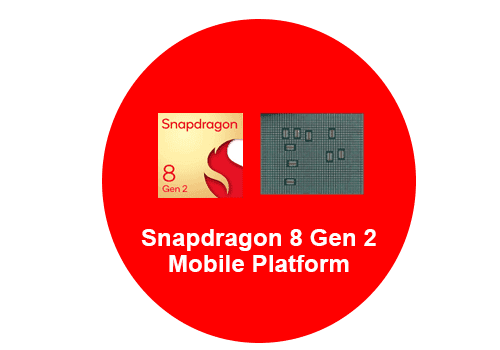
Qualcomm iSIM
Qualcomm Technologies, Inc. and Thales announced the world’s first commercially deployable iSIM on the Snapdragon® 8 Gen 2 Mobile Platform in February 2023.
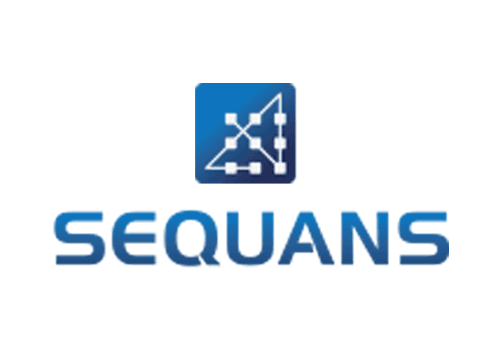
The Monarch 2 LTE-M/NB-IoT Chip
Sequans Communications rolled out the industry’s first cellular IoT chip with GSMA-compliant integrated iSIM (iUICC) in December 2021.

The Invisible Librarian
iSIMs are invisible librarians managing device connections, shelving profiles with ultimate precision, and activating the read mode of profiles when required.
Go Beyond and Explore
What does iSIM mean?
iSIM stands for Integrated SIM or integrated subscriber identity module card. It is embedded directly into the device’s main processor, eliminating the need for a separate SIM slot.
How does an iSIM enhance network security in IoT?
iSIM improves network security by embedding into the chipset and adhering to global security standards, offering advanced encryption and secure authentication to prevent unauthorized access.
What is the difference between eSIM and iSIM?
eSIM requires a separate module within the device, while iSIM is integrated directly into the main processor. This integration saves space, reduces power usage, and provides better security for IoT applications.
Can I switch network providers with an iSIM?
Yes, iSIM allows for remote SIM provisioning, enabling easy switching between network providers without physically changing SIM cards, enhancing flexibility in IoT and mobile devices.
Is iSIM removable like traditional SIM cards?
No, iSIM is built directly into the device’s main chipset, making it non-removable. This integration enhances reliability, especially for IoT applications in industries like healthcare, automotive, and agriculture.
What types of IoT applications benefit from iSIM?
iSIM is ideal for IoT applications requiring secure, scalable connectivity, such as industrial automation, connected cars, healthcare monitoring, and smart cities, where reliable network and security are essential.

